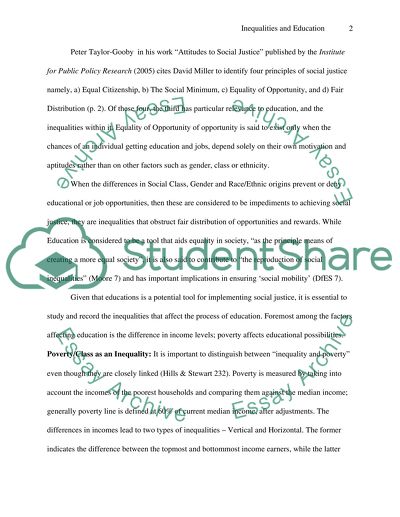Cite this document
(Educational Inequalities in the United Kingdom Essay, n.d.)
Educational Inequalities in the United Kingdom Essay. Retrieved from https://studentshare.org/sociology/1523953-inequalities-in-education
Educational Inequalities in the United Kingdom Essay. Retrieved from https://studentshare.org/sociology/1523953-inequalities-in-education
(Educational Inequalities in the United Kingdom Essay)
Educational Inequalities in the United Kingdom Essay. https://studentshare.org/sociology/1523953-inequalities-in-education.
Educational Inequalities in the United Kingdom Essay. https://studentshare.org/sociology/1523953-inequalities-in-education.
“Educational Inequalities in the United Kingdom Essay”, n.d. https://studentshare.org/sociology/1523953-inequalities-in-education.


